Nafisa Haji‘s The Writing on my Forehead transports readers into another culture and the struggles that members find themselves in as the world around them evolves, causing clashes between modernity and the past. Told from the point of view of Saira, readers are taken on a very personal journey into the past, uncovering the deep secrets of Saira’s grandmother and grandfather as well as her own parents. The dynamic between Saira and her sister is only partially shown, with the point of view of Ameena silent. From fate to choices, each character must follow their path to the end — no matter what it holds for them.
“I close my eyes and imagine the touch of my mother’s hand on my forehead, smoothing away the residue of childhood nightmares. Her finger moves across my forehead, tracing letters and words of prayer that I never understood, never wanted to understand, her mouth whispering in nearly silent accompaniment. Now, waking from the nightmare that has become routine — bathed in sweat, breathing hard, resigned to the sleeplessness that will follow — I remember her soothing touch and appreciate it with an intensity that I never felt when she was alive.” (Page 1)
Saira grows into an independent woman who is running from her culture and tradition to find herself grasping for it in the darkest moments of her life. As an American with a strong Pakistani-Indian heritage and a mother reminiscent of Mrs. Bennet in Pride & Prejudice, it is no wonder that she rebels against tradition and culture to become a traveling journalist.
“I shudder, now, to think of how my mother, trying hard and failing to be subtle, got the word of my availability — accompanied, I learned later, by a full-size, glossy headshot — out on the proverbial ‘street’ where desi families gathered and speculated, assessed and collated young people into the ‘happily ever after’ that getting married was supposed to promise.” (Page 191)
Haji’s prose is eloquent and engages not only the readers’ sensibilities and emotions, but their inquisitive nature as family secrets are unraveled. Saira is a complex character who searches for a center, an axis on which she can revolve and become grounded. While she is connected to family, like Mohsin and Big Nanima, throughout her life because they are in effect the outsiders of a culture she rejects, she continues to struggle with her other relations — her sister, Ameena, her mother and her father — because they represent to her a culture she finds limiting. The Writing on my Forehead provides a variety of topics for discussion from political imperialism and its consequences to the tension between the modern world and tradition and the modern dilemmas facing adolescents striking out on their own to the loss of family — making this an excellent book club selection that will inspire debate and introspection.
About the Author: (From her Website; Photo Credit: Robert Stewart)
Nafisa Haji was born and mostly raised in Los Angeles—mostly, because there were years also spent in Chicago, Karachi, Manila, and London. Her family migrated from Bombay to Karachi in 1947 during Partition, when the Indian Subcontinent was divided into two states. Nafisa studied American history at the University of California at Berkeley, taught elementary school in downtown Los Angeles for seven years in a bilingual Spanish program (she speaks Spanish fluently), and earned a doctorate in education from the University of California at Los Angeles. She started writing short stories at first, which then developed into an idea for a novel. She now lives in northern California with her husband and son and is currently working on her second novel. Nafisa maintains close ties in Pakistan, traveling there regularly to visit family.
This is my 2nd book for the 2010 South Asian Author Challenge.
This is my 14th book for the 2010 New Authors Challenge.
If you are interested in the rest of The Writing on my Forehead blog tour, please check out TLC Book Tours.
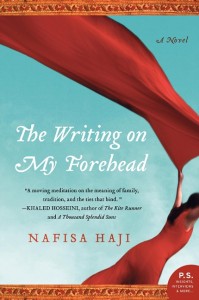




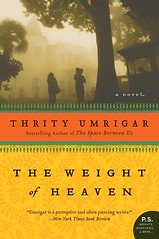
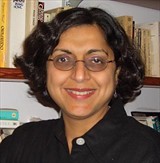





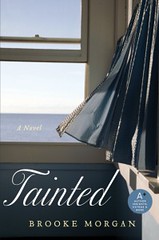




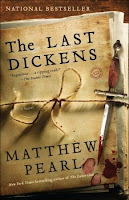




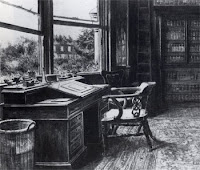

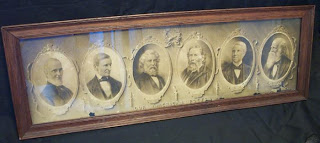
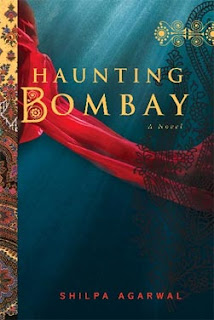





 Brunonia Barry’s
Brunonia Barry’s 







